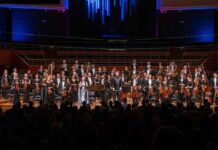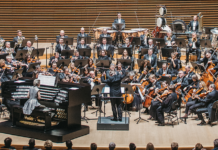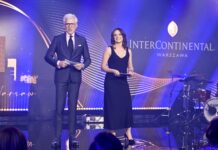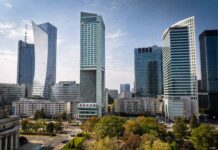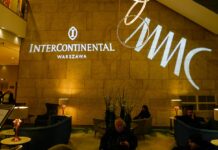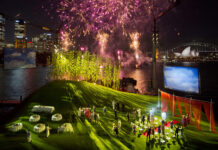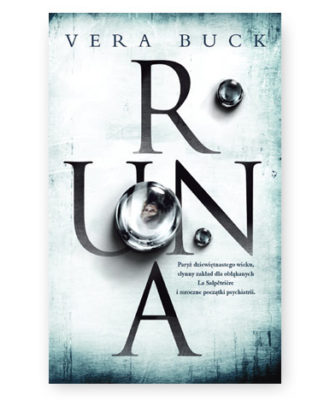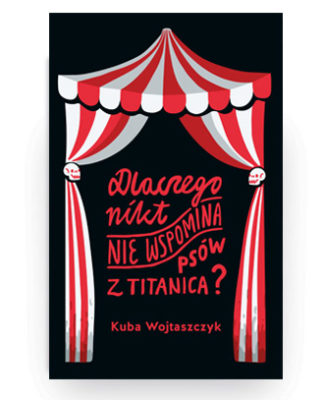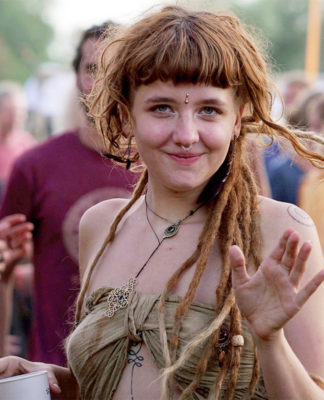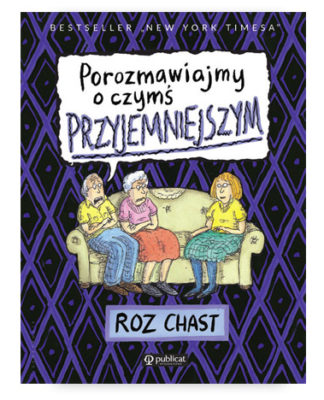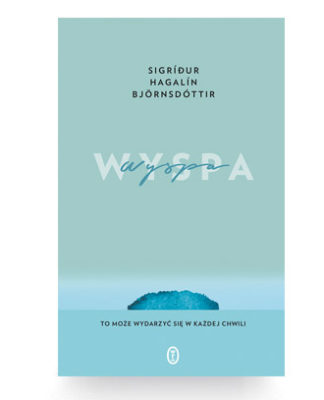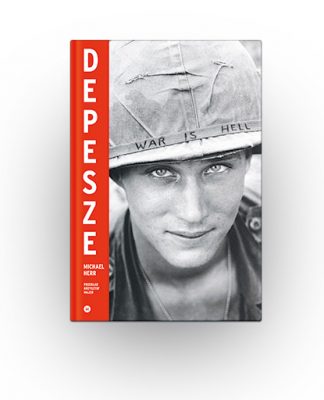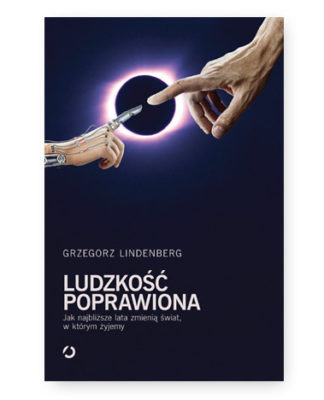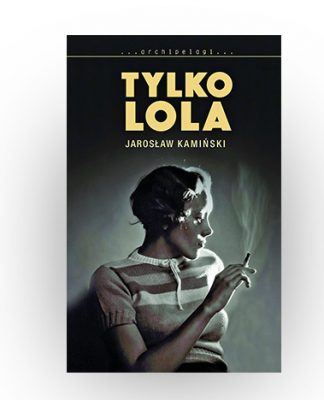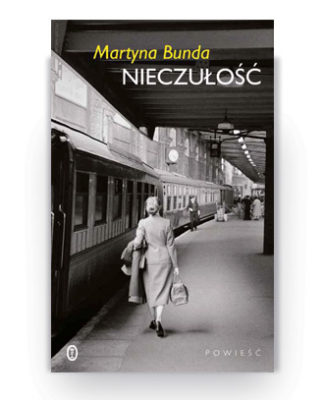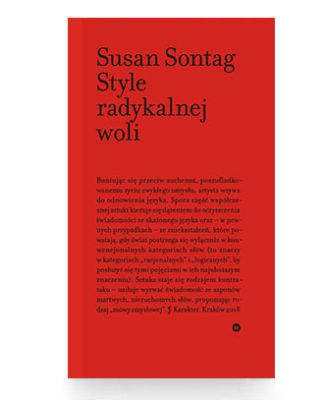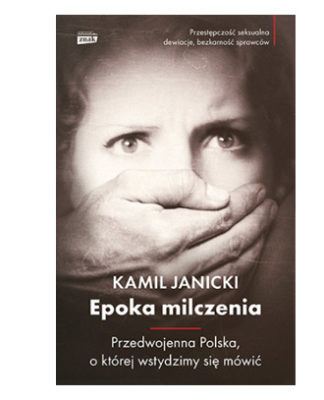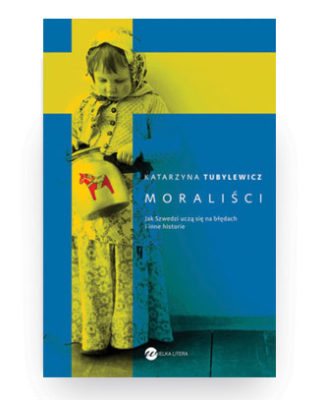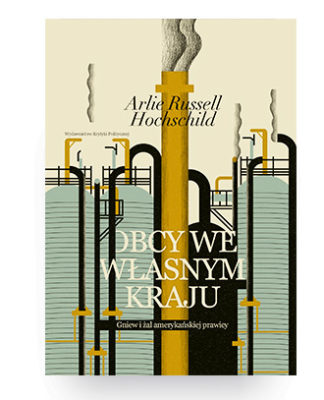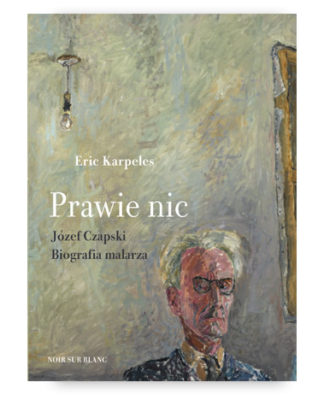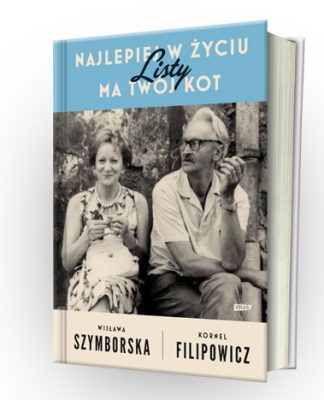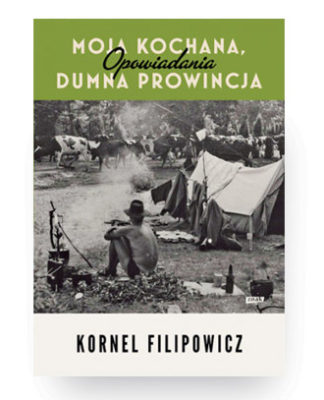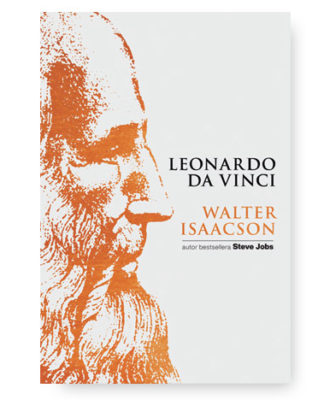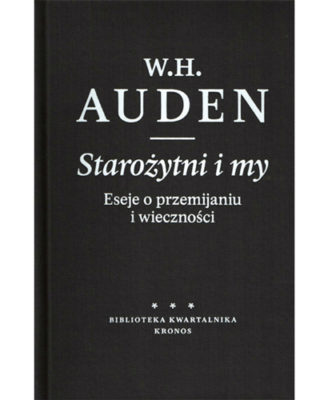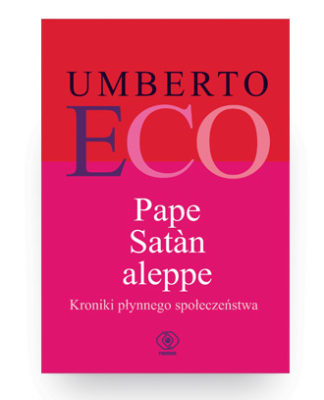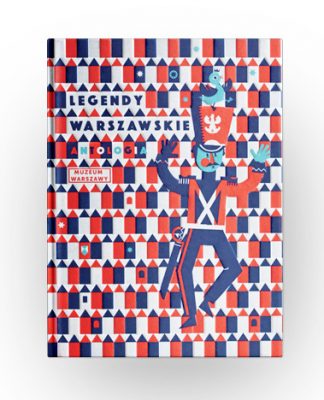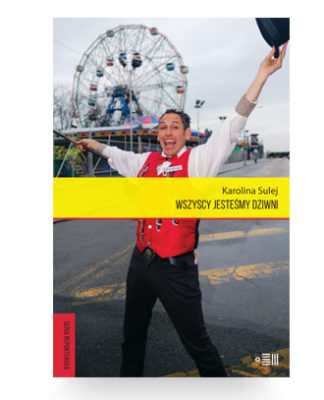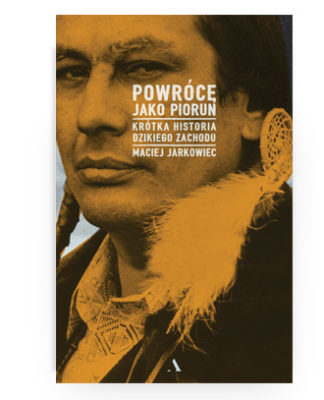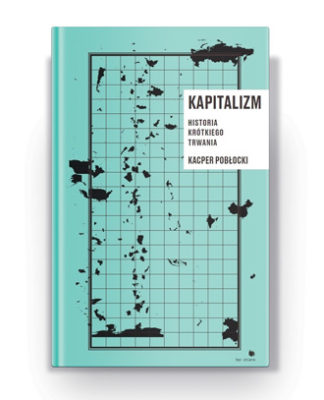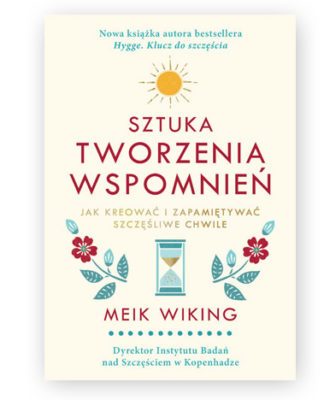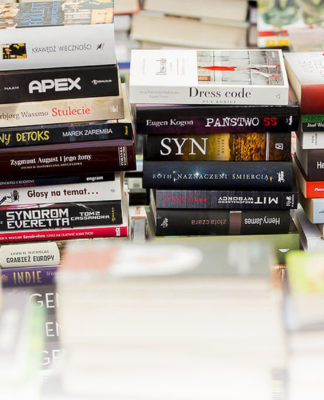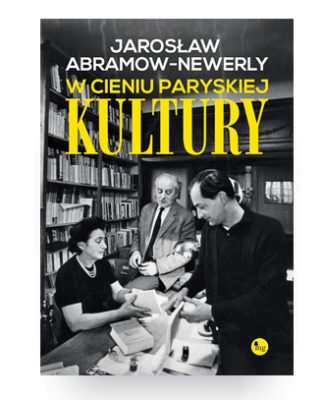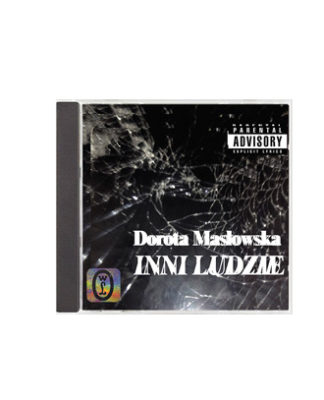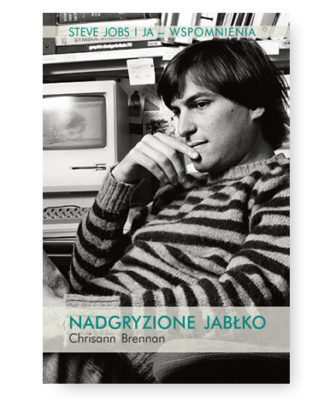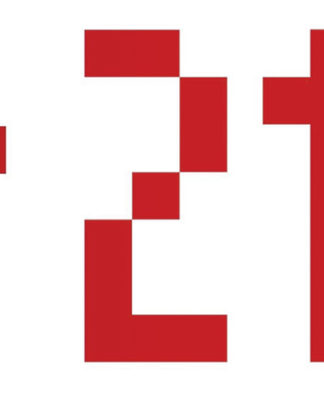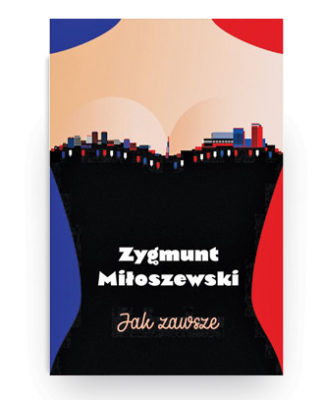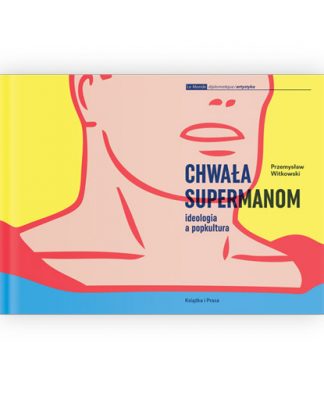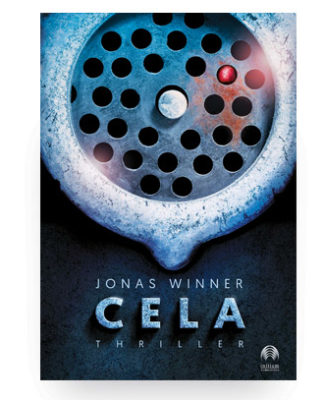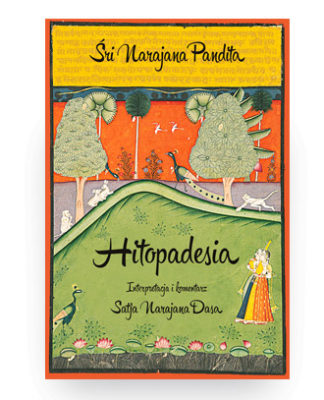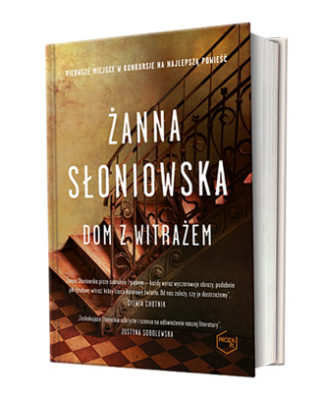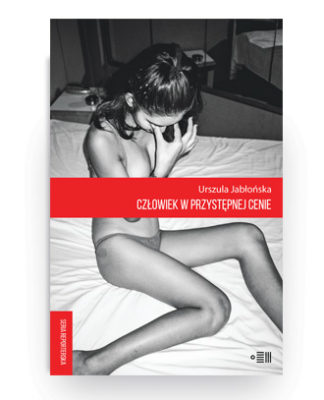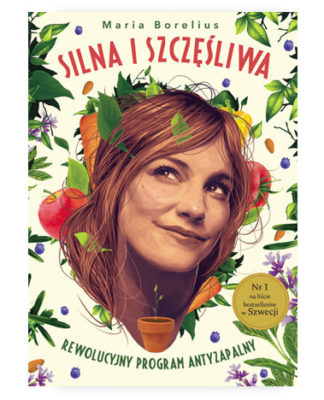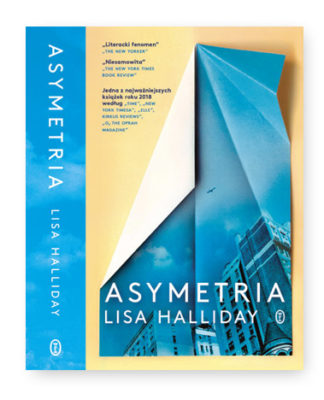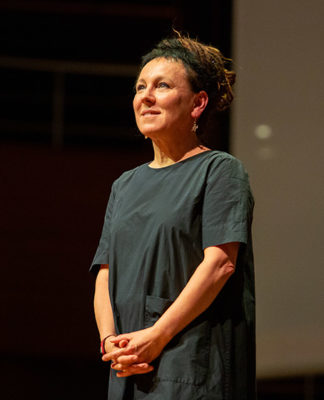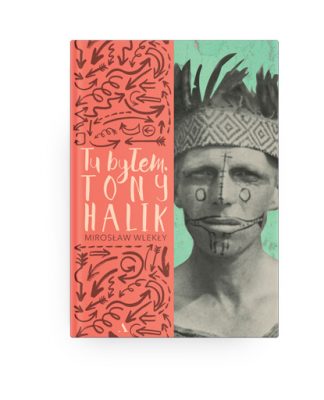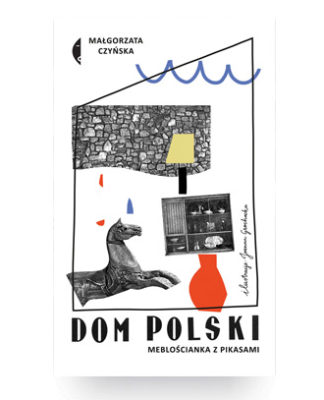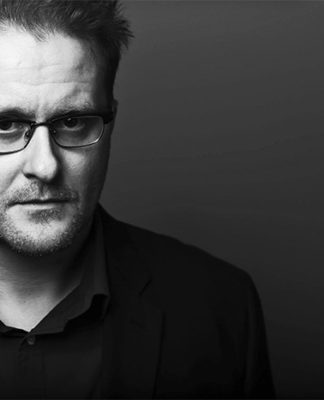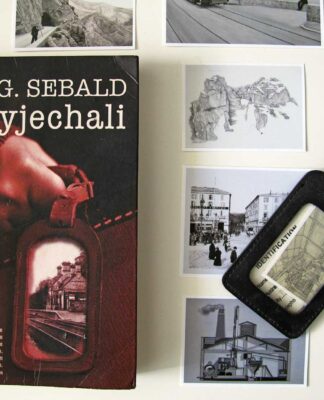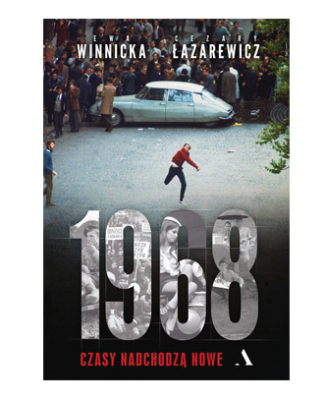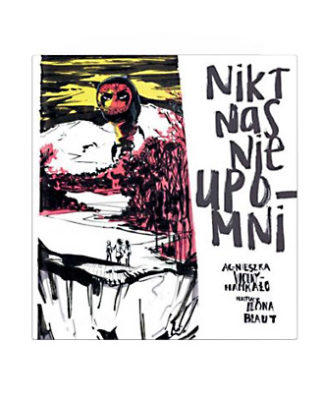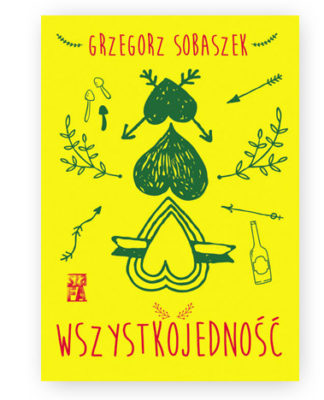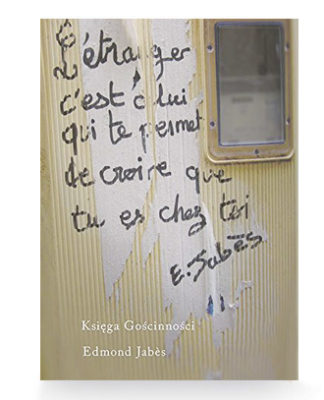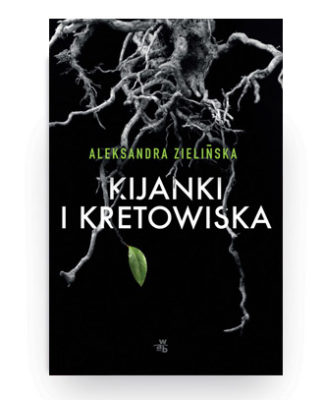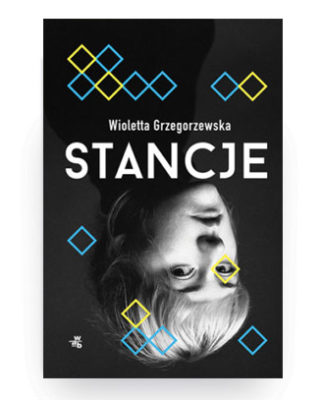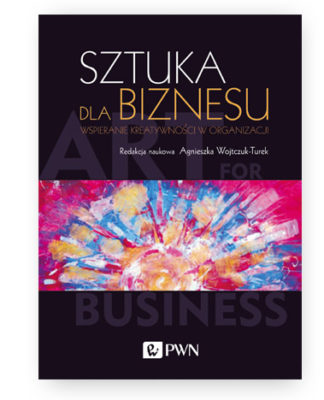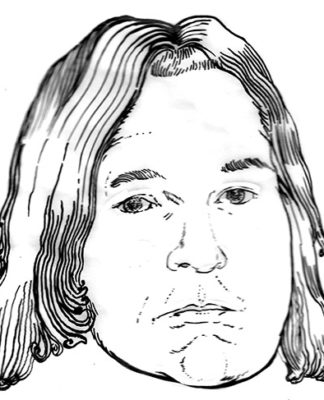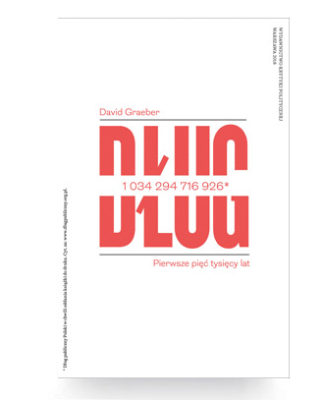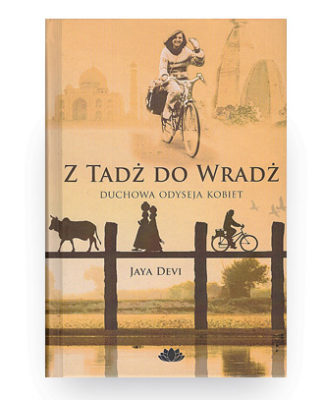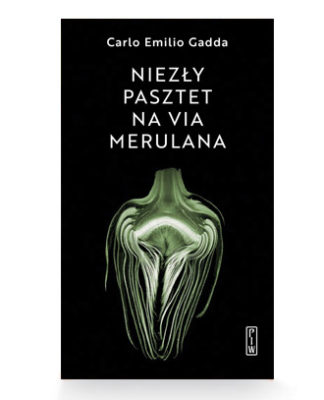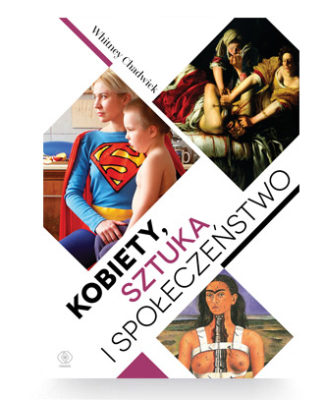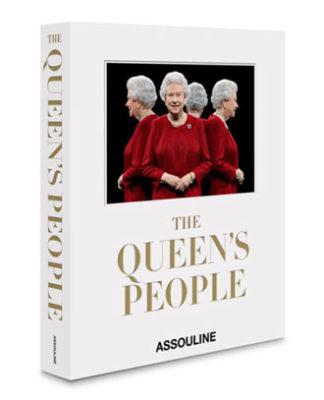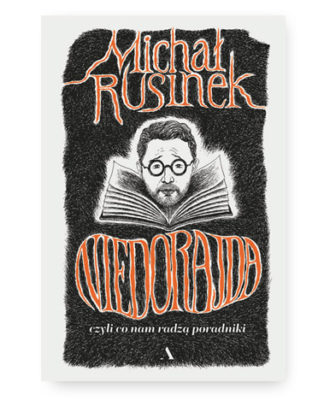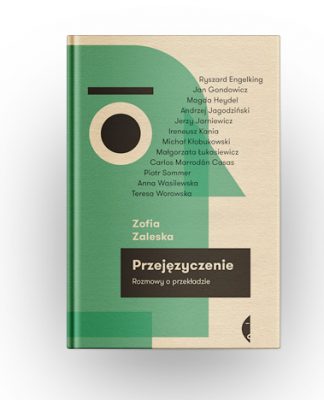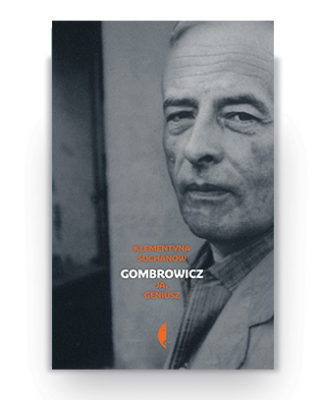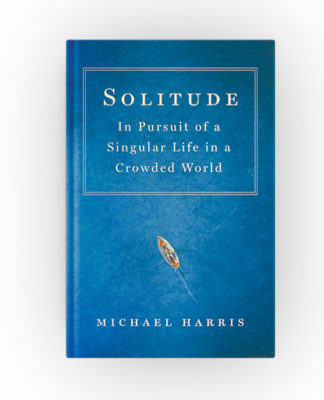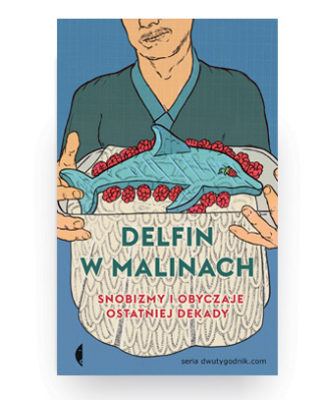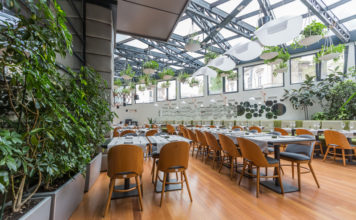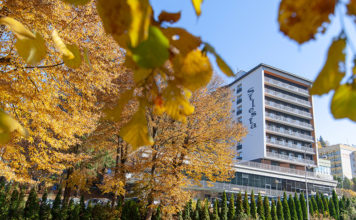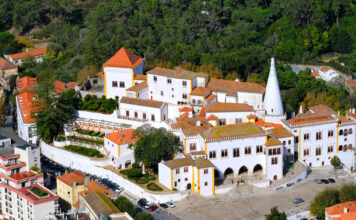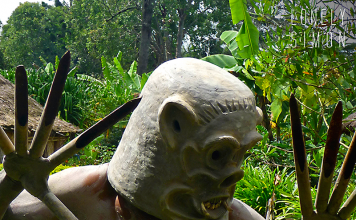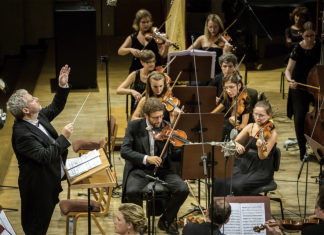Neil Armfield i Rachel Healy / Neil Armfield and Rachel Healy
This year’s Adelaide Festival has been an incredible success and exceeded its box-office target by $1 million, in spite of the havoc being wrought by the pandemic upon its counterparts around the world. Over 17 days and nights beginning on 26 February, the South Australian capital played host to 10 world premieres, 14 Australian premieres, and 18 events exclusive to the festival. In talking to us, joint Artistic Directors Rachel Healy and Neil Armfield acknowledged the unprecedented circumstances under which they had to plan this year’s program for one of the world’s three major festivals.
Text: Jansson J. Antmann
“It’s been a journey,” Healy admits, “but we’re really proud of everything in there.”
With the lockdowns beginning just hours after the last festival concluded in March 2020, they could have been forgiven for thinking 2021 might never happen. However, Healy says the thought never really crossed her mind.
“I don’t know if I ever seriously thought that, but I did imagine getting the phone call that there’d been an outbreak.” That’s exactly what did happen in November, resulting in the postponement of the program announcement. However, in spite of the difficulties, they were determined to carry on.
“We decided we would keep planning and respond to whatever was thrown at us. When I look back on the process, the hardest thing was the impact of the second wave in Victoria. In May, we were still having meetings with the premier and the health authorities that contemplated a travel bubble for vising artists, without the need to quarantine. Back then we thought we could retain a great deal of our program. But the situation in Victoria changed everything and new procedures were adopted, which were radically different. Quarantining was mandated and all of a sudden we were having a very different set of conversations.”

In addition to the changing conditions on the ground, the impact of the pandemic on international partner festivals was also felt. The cancellation of last year’s Festival d’Aix-en-Provence meant that this year’s planned opera centrepiece had to be postponed and replaced by Armfield’s production of Benjamin Britten’s A Midsummer Night’s Dream, which he originally staged as part of his Britten Cycle for Houston Grand Opera.
“They commissioned it as the second work in the cycle,” Armfield explains. “The other three productions all originated in Australia, so it’s very satisfying to finally present A Midsummer Night’s Dream here as well”.
“It is an opera of beauty and of joy and it’s very much about reconciliation and magic. It’s the perfect work to cheer us up and remind us of the beauty of imagination and making theatre.”
When the operatic centrepiece of the festival was unveiled last year, tickets flew out the door.
“With the announcement of the opera, more tickets sold in the first day of going on sale than for any other opera since our festivals began,” Armfield says.
“That includes Hamlet, The Magic Flute and Requiem.” Armfield had been convinced that there was an appetite among audiences to travel and his production of A Midsummer Night’s Dream did indeed prove a drawcard for interstate visitors. “When we went up to the Darwin and Brisbane Festivals in August and September last year, the sense that people are hungry to experience live performance again was palpable,” he says. Of course, the Adelaide Festival still had to contend with the fact that its audience capacity was restricted to 50%. In order to keep the opera as accessible as possible, one performance was live-streamed to venues around South Australia, as well as at The Summerhouse Festival Club, which was constructed next to Adelaide’s Festival Centre.
“The streaming into cinemas is potentially the birth of another wonderful festival tradition,” Armfield says. Healy and Armfield agree that keeping tradition alive has been uppermost in their minds.
“We wanted to ensure the Adelaide Festival remained true to a 60-year tradition of bringing great international artists and events to our city, while simultaneously supporting Adelaide companies and others from throughout Australia.”

LIVE FROM EUROPE
To achieve this, and to counter global travel restrictions, in 2021 the Adelaide Festival launched its new Live From Europe program, featuring four specially commissioned performances that were performed live during the morning in Europe and streamed in real me to audiences in Adelaide’s newly-renovated Her Majesty’s Theatre. Their responses to the works were live-streamed back to the performers in Europe, so that the essential connection between audience and artist remained, even when separated by thousands of miles.
The performances included a recital by Russian-German pianist Igor Levit and Moscow’s Vakhtangov State Theatre’s production of Alexander Pushkin’s Eugene Onegin. Another highlight was Simon Stone’s landmark production of Euripides’ Medea, which first opened at Ivo van Hove’s International Theatre Amsterdam starring Rose Byrne and Bobby Cannavale. Adelaide Festival audiences will remember Stone’s production of Thyestes, which played the festival in 2018 following seasons at Melbourne’s Malthouse Theatre in 2010 and at Belvoir St Theatre in 2012.
The Live From Europe program also featured the Olivier-Award winning dance event BLKDOG, from one of the most thrilling new voices in contemporary choreography Botis Seva, which was originally commissioned and presented by London’s Sadler’s Wells.
Those who saw the ABC television documentary Getting Their Acts Together, which followed Healy and Armfield in their global quest to assemble the program for the last festival, will know that they like to take a hands-on approach and usually choose works they’ve seen in person. The pandemic made that virtually impossible in 2020 and a workaround had to be found. “Of the four works that were live-streamed, I’d seen Eugene Onegin live in Moscow and Medea,” Healy says. “However, I hadn’t seen Igor Levit or Botis Seva’s work live.”
Seva’s BLKDOG draws upon his own lived experience of black men in London and uses a new choreographic language of his making. “I’d never seen anything like it before,” Healy admits. “It’s one of those rare pieces that transcends the format you’re watching. The fact that a video cynic like me, could be completely knocked sideways by a video that Sadler’s Wells sent me, gave me confidence that it would transcend when people saw it live-streamed in March.”
 BLKDOG Fot. Camilla Greenwell
BLKDOG Fot. Camilla Greenwell
WAKE-UP CALL
Another major highlight of the Adelaide Festival was the Australian premiere of Christopher Hampton’s play A German Life. Starring Robyn Nevin and directed by Armfield, the work is a 90-minute monologue based on testimony given to Austrian documentary makers by 103-year-old Brunhilde Pomsel, who worked as a secretary to Joseph Goebbels.
“I love the script,” Healy exclaims. “When we saw it in London, we immediately thought it would be a perfect vehicle for Robyn Nevin. The detail in her performances in shows like A Cheery Soul and Neighbourhood Watch is just so extraordinary to witness. This is a tour de force and what I imagined she’d do in terms of the small details of Pomsel’s character was thrilling.”
Armfield says, “In the work, Pomsel talks about working at Radio House before the war and then being moved to the Department of Propaganda. She talks about the experience of family and an increasingly weird world. It’s a really interesting piece and it connects with our world in curious ways – that sense of rising fascism and the iconography of Trump’s rallies.”
Healy continues, “Pomsel was forthright and didn’t engage in any false remorse. You can imagine the pressure on a whole nation to engage in self-recrimination and participate in an act of mass self-loathing. She does none of that. Instead, she’s resolutely apolitical and can’t help laughing at the men in charge and their pomposity. She was both pleased and surprised to have found herself at the heart of power. She didn’t think too hard about what was going on and she was very obedient. When they told her not to look in certain files, she didn’t. Ending up in Goebbel’s office, she doesn’t apologise for ge ng ahead in her career, nor does she hide her close friendship with a German girl, who she was told had simply moved away. Of course, her friend had really been slaughtered. The thing that I take from this work is that you can’t watch it and think, ‘I would never do that.’ It’s such an important work right now, because it raises questions about how one recognises that moment of social catastrophe. There’s a saying that the standard you walk past is the standard you accept. It’s all about recognising that there are incrementally lowering standards and when it’s me to say, ‘Enough! I can’t be part of this!’ I think that’s the kernel of challenge in the work.”

Robyn Nevin w A German Life / Robyn Nevin in A German Life Fot. James Green
A German Life opened on 26 February and ran for the duration of the festival. On Sunday 14 March, the festival came to a close with A Child of Our Time. Rarely performed in Australia, Michael Tippett’s seminal 1942 oratorio was composed over the course of the war and plays well alongside A German Life. Tippett began working on it on 3 September 1939 – the day Britain entered World War II. Inspired by the assassination of a German diplomat and the Nazi’s reaction that led to the Kristallnacht pogrom, it is modelled on the oratorios of Bach and Handel. It was interpreted by conductor and chorusmaster Brett Weymark with the Adelaide Festival Community Chorus gathered from the diversity of choral singers in Adelaide’s city and suburbs and the Adelaide Symphony Orchestra.
THE ZEITGEIST
In spite of the thematic link between A German Life and A Child of Our Time, Healy says their inclusion in the festival program was coincidental.
“The starting point was about finding a choral piece that could engage the broadest possible sections of our community. We had a community choral event with
the Lost and Found Orchestra in 2018 and there was such an overwhelming response to it from participants that we felt it was important to provide those kinds of experiences to the people of Adelaide. On top of that, we’ve had such massive growth of choral music in the program. Obviously, 150 Psalms during the last festival was the apex, but we wanted to build on that and work with Brett again. It was a conversa on that started with him earlier last year about a work that could engage community choral members. It’s pure coincidence that it has those reverberations with A German Life.”
“We really never do have a thematic through-line,” Armfield adds. “Those things just kind of happen in retrospect, but we never aim for it. It’s been a question of finding what we can do, and what is nevertheless brilliant to gather in Adelaide.”
That said, Armfield acknowledges that there were some works that connect to the contemporary zeitgeist. One of these was Race Cards, in which we see the results
of Birmingham-based performer Selina Thompson’s work one weekend in 2015 when she sat and wrote a thousand questions about race. Visitors are invited to take as long as they need to read them before choosing to answer one. In the last six years, the 1000 questions have been regularly updated and it came to the festival as both an installation and a durational performance event (on film), following seasons in Canada, Ireland, Germany, USA and across the UK.
Armfield also highlights an installation by New York artist and puppeteer Robin Frohardt. “It’s titled Plastic Bag Store, in which an emporium on Rundle Mall was taken over by a store that looks like a supermarket, but everything is made out of single-use plastic, which Frohardt found on the streets and in the bins of New York City,” Armfield explains.
“It was just about to open on Times Square when the pandemic hit. It’s a timely piece, given the recent banning of single-use plastic bags in South Australia.” Healy adds, “When you throw something out, there is no ‘out’.”
Another piece that tapped into the zeitgeist was a commissioned work by Adelaide’s new circus group, Gravity and Other Myths.
“They performed Backbone in our first festival in 2017 and they did Out of Chaos last year,” Armfield says. “Partly because of their success at the Adelaide Festivals, they’ve spread around the world and been performing in Europe and America. They had to form three companies to do those shows. After they were grounded by COVID, they all came back to Adelaide and this company of 30 young, brilliant performers created a new show titled The Pulse. It was performed in combination with a choir of 30 and was one of the centrepiece events. All their work is fuelled with the energy of physical interaction. It’s about touching one another, in a world where we’re not allowed to, due to the need for social distancing. It’s the world that was also unleashed in A Midsummer’s Night’s Dream– a dream of sensual connection and desire that is released in some way.”
Another piece built around the intimate interaction between people was 1:1 Concerts. The work originated in Germany and was brought to Australia by flautist Sally Walker. It was devised as another way around the current inaccessibility of most concert halls. Not unlike Marina Abramovic’s The Artist is Present at the MoMA in 2010, it simply involves one musician and one listener seated two metres apart, experiencing a ten-minute non-verbal one-on-one encounter in a unique and unexpected location. One hundred such concerts were held during the festival providing a powerful and in mate experience to both the performer and their audience of one.
 The Pulse Fot. Darcy Grant
The Pulse Fot. Darcy Grant
PROGRAMMING
While both Artistic Directors are adamant that they don’t program to a theme, Healy admits that there was one audience expectation she did have in the back of her mind.
“We really program work that we think is exciting and will engage audiences, and often that is work that is very attuned to social and political issues of the day,” Healy says. “That said, the work doesn’t earn a place in the program because of that; it gains that spot because it’s a thrilling performance experience for audiences and the theatrical imagination behind it is so original and compelling. I was a little conscious that there were some works of unbridled joy in the program, like FANGIRLS. Over the course of the year, I’d had a few people tell me that as a community we need some joy right now. However, that doesn’t mean that we shied away from things like A German Life, or the Boy Who Talked to Dogs.”
FANGIRLS was the sell-out sensation of 2019 that took Brisbane and Sydney by storm, while The Boy Who Talked to Dogs is the amazing true story of Limerick-born ‘Dogman’ Martin McKenna, Nimbin’s infamous dog-whisperer adopted as a homeless teenager by a pack of strays.
Other highlights of the festival included the return of High Performance Packing Tape, after it was cancelled last year due to performer injury, and the most comprehensive exhibition ever staged of works by one of Australia’s greatest and misunderstood artists, Clarice Beckett, which is being held at the Art Gallery of South Australia. Titled, Clarice Beckett: The present moment, the exhibiton features 130 paintings, including a donation of 21 oils from Alastair Hunter OAM, which reveal that despite enduring bias and scant recogniton, Beckett was working at the avant-garde of international modernism.
Heally says, “It’s great to elevate works that are really accessible and fun, and put a smile across your face, but our audience tend to see three or four events during the festival and I think there’s enough intellectual nourishment there as well.” |







